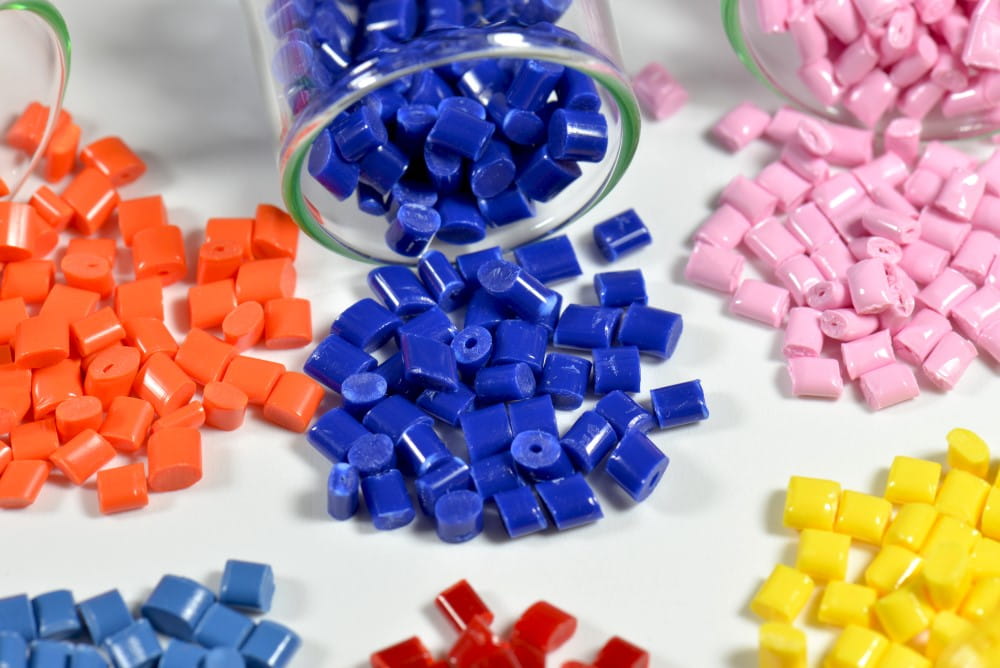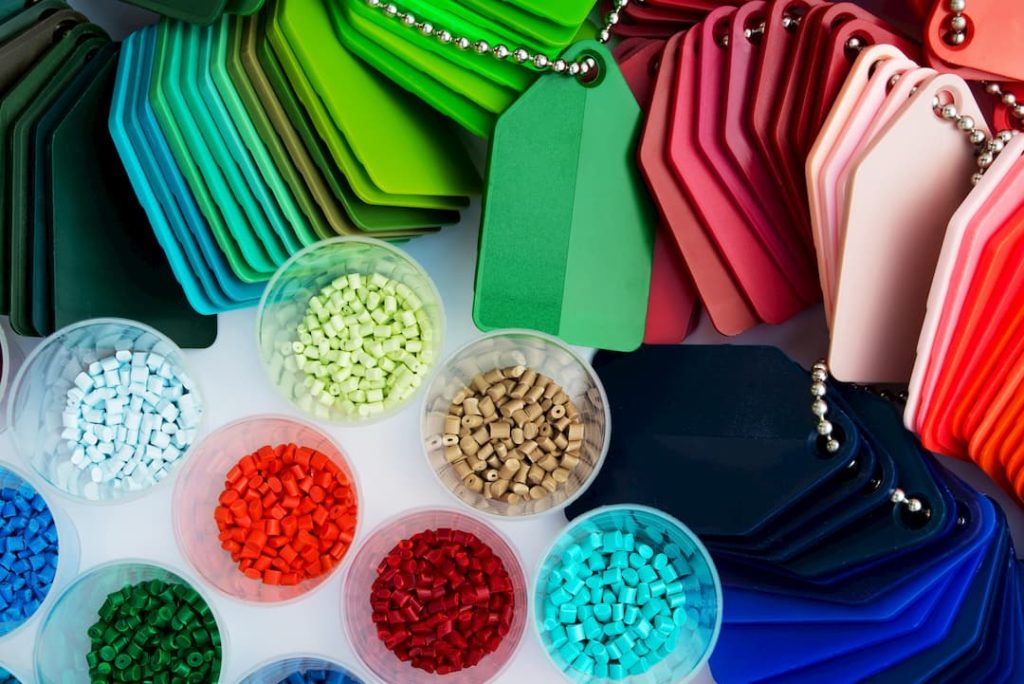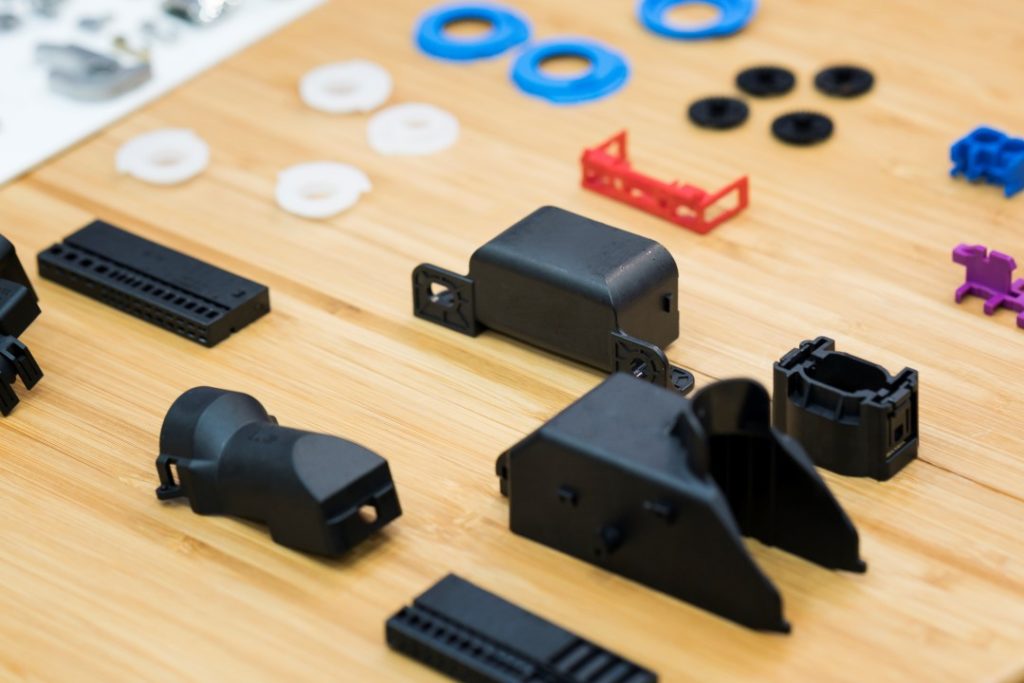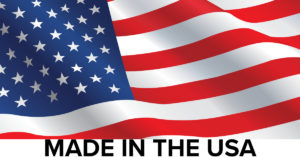We are very pleased to announce that on April 30, 2021, Pelsis Group acquired JB Plastics, Inc. Given the growth opportunities and the synergies of working together, we have decided now is the right time to fully align our businesses. As such, it gives us great pleasure to welcome JB Plastics, Inc. into the Pelsis Group of companies.
[Read more…]8 Best Thermoplastics to Use for Injection Molding

Selecting the best thermoplastic material for your product is one of the most important decisions to make during the design phase of your project. The team at JB Plastics is here to answer all your questions about various plastic resins and their properties. The following is a brief introduction to material selection and eight of the most common thermoplastics used for injection molding.
[Read more…]Commodity and Engineered Plastic: Which is the better Thermoplastic?

You may have heard the terms Commodity and Engineered Plastics when searching for the right materials to use for your plastic product. Both of which have specific characteristics that cement their place in custom injection molding. The differences are broken down in the latter half of this blog, but first it’s important to understand the basics of thermoplastic materials.
[Read more…]5 Key Reasons to Reshore Your Plastic Injection Molding

In the second half of the 20th century, the quest for lower and lower manufacturing costs led many businesses to move their manufacturing processes overseas. In more recent years, the pendulum has begun to swing back in the other direction; better wages overseas, pandemic complications, higher tariffs, and more sophisticated cost estimation methods are bringing manufacturing jobs back to the United States.
Key Benefits of Short-Run Plastic Injection Molding

Short-run plastic injection molding, also known as small-run or low-volume injection molding, is a specialized process that uses molds made from less expensive aluminum or lower-grade steel to facilitate “small” production runs. Short-run injection molding is a cost-effective way to get all the same cost, quality, and efficiency benefits of standard injection molding. Typically keeping each production run under 10,000 units, but it’s not uncommon to see runs as low as a few hundred or even runs under 100 units for certain markets.
